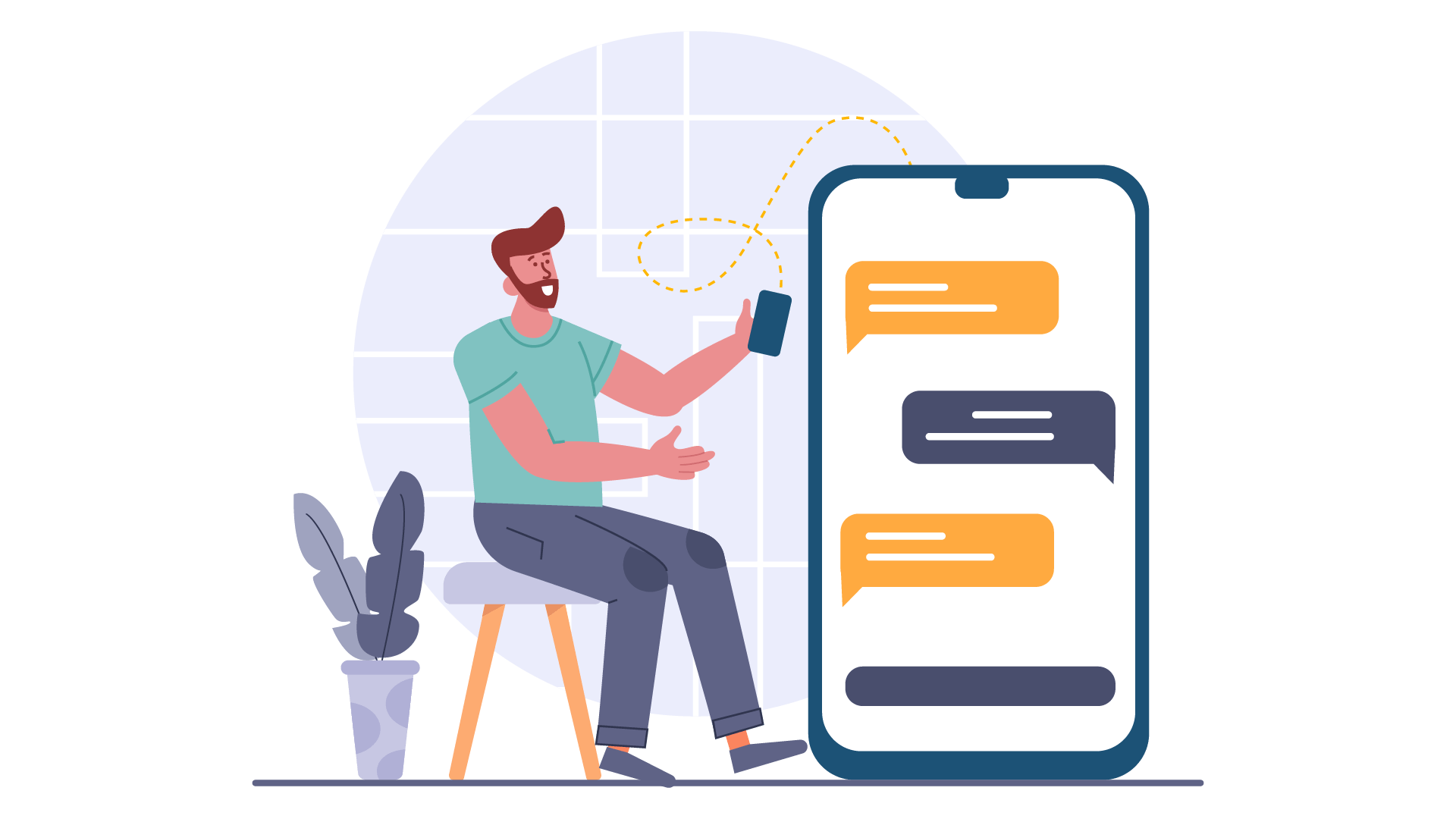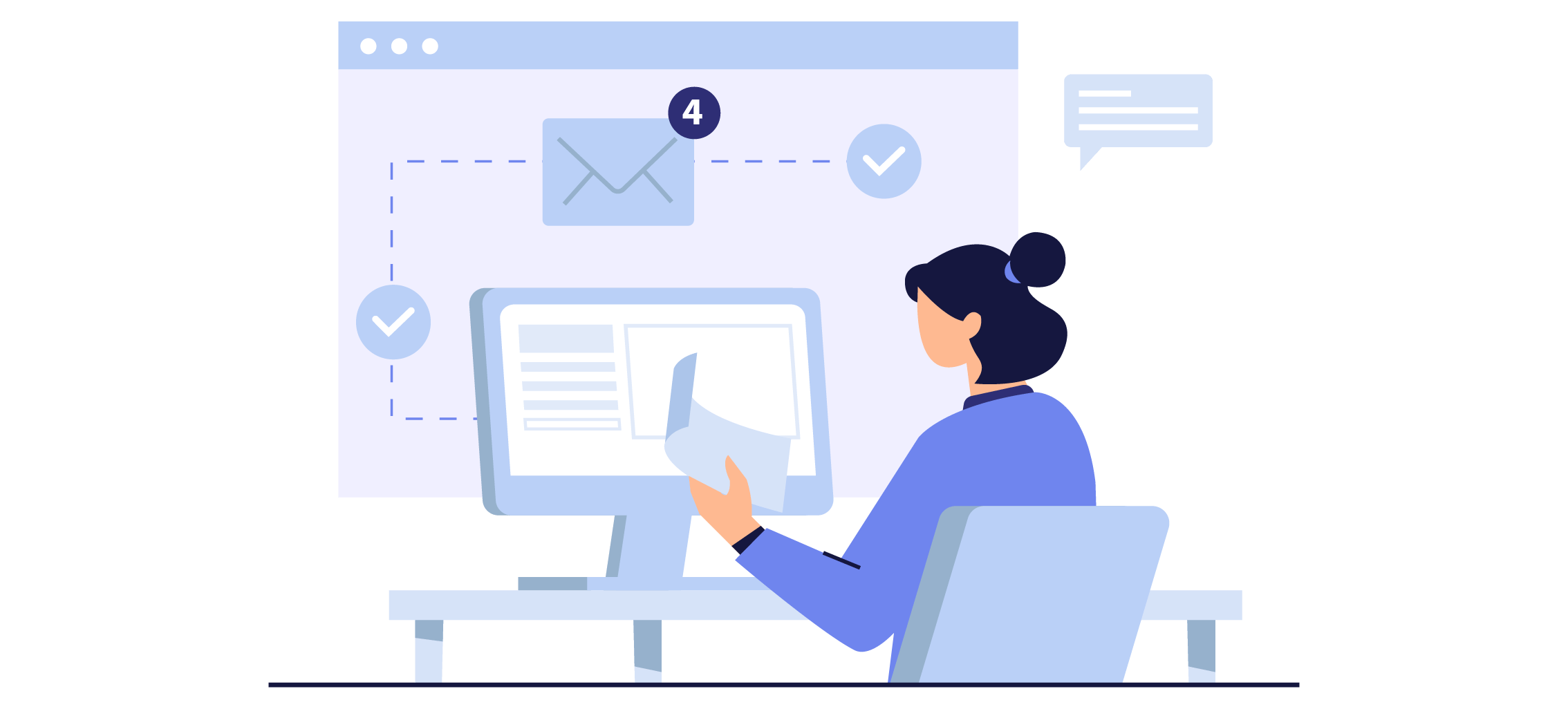Are you ready to maximize the potential of your B2B inbound leads? Businesses that use follow-up automation in their lead nurturing processes have seen dramatic improvement in conversion rates. With automated follow-up, sales teams can spend more time on strategic initiatives and increase customer engagement.
In this post, we’ll discuss how businesses can leverage modern technology to create an effective strategy for following up with leads in a timely and organized manner. Read on to learn about the benefits of using automated lead follow-up systems and key steps for setting it all up!
- What is B2B Inbound Lead Follow-Up?
- When And Why To Use Follow-Up Automation
- Different Types of Automated Messages for B2B Sales Follow Up
- Strategies for Optimizing Automated Communications for Your Business
- Advantages Of Follow-Up Automation for B2B Leads
- Best Practices for Ensuring Maximum Efficiency With Follow-Up Automation

What is B2B Inbound Lead Follow-Up?
Follow-up automation for B2B inbound leads is a cutting-edge strategy that allows companies to streamline their sales process and improve their bottom line. Instead of relying on slow and outdated manual follow-up methods, automated systems can help businesses reach out to potential clients quickly and efficiently.
By setting up reminders to follow up, sending personalized text messages, and triggering targeted email campaigns, companies can not only save time, but also increase their chances of closing more deals.
Plus, with advanced analytics and tracking tools, managers can easily monitor the success of their follow-up efforts and make data-driven decisions to optimize their sales strategy. Overall, follow-up automation is a powerful tool that can take your B2B sales to the next level.
When And Why To Use Follow-Up Automation
Follow-up automation can be a powerful tool for businesses to save time and boost productivity. It is best utilized when there are routine tasks that need to be done at regular intervals or when there is a need to communicate with customers in a timely and consistent manner.
This can include sending out reminders for appointments, following up with inbound leads, or providing ongoing support to customers. By automating these processes, businesses can free up their time to focus on other important tasks while still providing excellent customer service.
However, it’s important to keep in mind that follow-up automation should never replace genuine human interaction. It should instead be used to enhance and streamline communication with customers. With proper planning and execution, follow-up automation can help businesses reach their goals in a more efficient and effective manner.
Different Types of Automated Messages for B2B Sales Follow Up
In today’s digital age, automated messages have become the norm when it comes to communication with customers. From transactional to promotional, there are several types of automated messages businesses can use.
One of the most common ones is the welcome email which greets customers and sets the tone for the rest of their experience with your brand. Additionally, transactional messages such as order confirmations and shipment notifications provide customers with reassurance and keep them informed about their purchases.
Get started now! Grab 6 email templates for lead follow-up here.
Promotional messages like newsletters and sales announcements keep customers engaged and interested in your brand. Whatever the message may be, businesses can automate their communication, saving time and effort that can be dedicated to other important tasks.
Another type of sales message that can be partially automated is follow-up outreach once a lead has submitted a form, asked for more information, or texted a short code from your business. With Kixie’s sales automation tools, you can set up a workflow to immediately send a text, trigger an auto-call, or send an email to the potential customer.

Strategies for Optimizing Automated Communications for Your Business
Automated communications have become a vital aspect of modern-day businesses. However, to fully utilize their potential, it’s essential to optimize them. One way is to ensure that the messages sent are relevant and personalized to the recipient. Personalized messages resonate more with the reader and increase the chances of engagement.
Secondly, it’s crucial to identify the best time to send messages. This means analyzing your target audience’s behavior to identify when they are most active online. You can even set up a sales workflow to trigger an auto-call when someone opens an email from your brand.
How often should you follow up with a lead? Find out here.
Lastly, ensure that the automated communications are optimized for mobile devices since most people access their emails and messages from their smartphones. By following these strategies, businesses can optimize their automated communications and increase customer engagement.
Advantages Of Follow-Up Automation for B2B Leads
Follow-up automation can be a game-changer for businesses looking to improve their customer communication and retention. Through automated emails and messages, companies can keep in touch with their customers, provide personalized recommendations, and even address any concerns they might have.
One major advantage of follow-up automation is that it saves time and resources, freeing up employees to focus on high-value tasks. Additionally, automation ensures that no customer interactions slip through the cracks, leading to better customer satisfaction and loyalty.
Plus, the data gathered from automated campaigns can provide valuable insights into customer behavior, allowing businesses to continuously improve their strategies. Overall, follow-up automation is an efficient and effective way to enhance customer communication and drive business success.
Best Practices for Ensuring Maximum Efficiency With Follow-Up Automation
In today’s fast-paced world, it’s crucial to ensure that your follow-up automation is both efficient and effective. To achieve this, consider segmenting your leads and creating personalized messages based on their interests and behaviors.
Additionally, set up a drip campaign with multiple outreach channels (such as phone, SMS, and email) and be sure to include a clear call to action at the end of each message. It’s also important to track and analyze your data so you can adjust your approach as needed.
Finally, don’t rely solely on automation; make sure to follow up personally with important leads and clients to show that you value and care about their business. By implementing these best practices, you can streamline your follow-up process while still providing a personalized touch that will make your leads feel valued and appreciated.
Final Thoughts
In conclusion, follow-up automation can be an incredible asset to any B2B inbound lead generation process. From initially reaching out to leads to following up regularly, automated messages help ensure timely updates are sent that make the best possible impression on those leads. The key is to use the right type of message for each circumstance in order to get the maximum benefit from follow-up automation.
When implemented correctly, businesses can experience a more efficient and streamlined communication process, improved success rates with their leads, and an overall bolstered ROI. Staying organized, personalizing your messages, and understanding when it’s time to switch gears and lead with an authentic voice are just some of the best practices you should keep in mind as you build or optimize your automated communications strategy. By investing the necessary effort into this invaluable tool, your business is sure to take advantage of its numerous benefits in no time!



